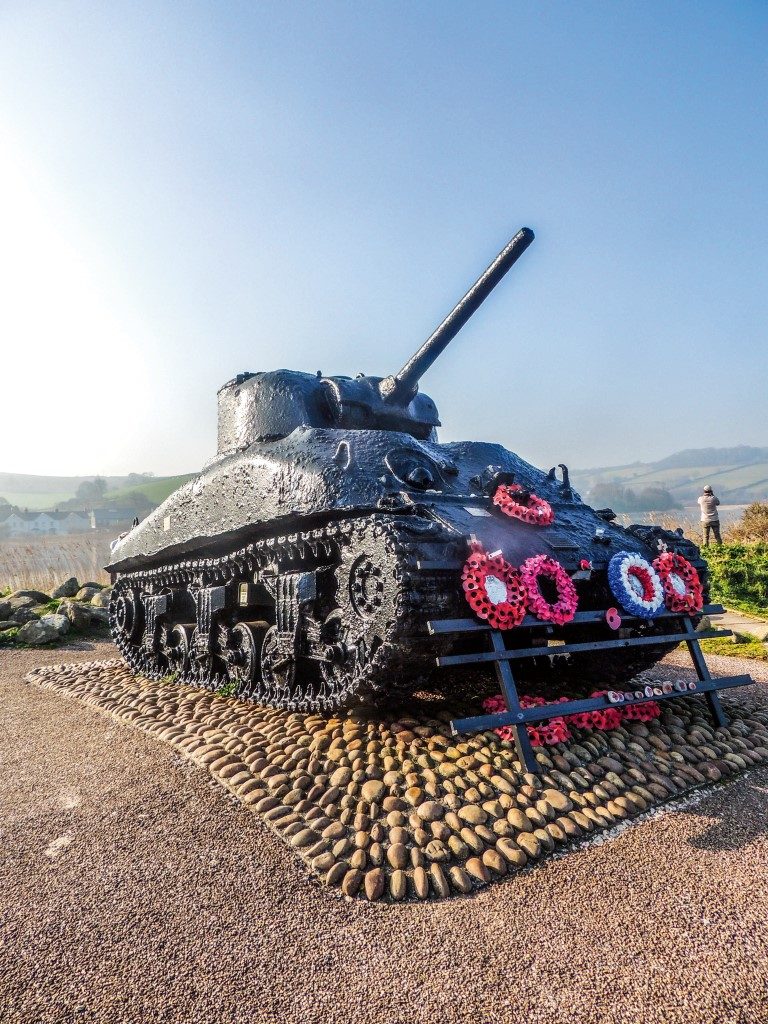

A WWII German torpedo boat being restored in the UK is a sombre reminder of the 749 American troops who died during a flawed dress rehearsal for the D-Day landings on Normandy’s beaches 76 years ago. Story By Lawrence Schaffler.
Launched in 1943, S130 is thought to be the only surviving example of what has been described as an ‘ocean-going shark’ – a class of fast torpedo boats (the S stands for ‘Schnellboot’ – ‘fast boat’ in German) that used their speed and deadly armament to sink scores of Allied ships during the war. Some 200 were built.
Displacing around 110 tonnes the 114-foot vessels were built in aluminium and timber and powered by three V20 MB 501 Daimler-Benz diesels, each developing 2,000hp. Together they gave the S-boats a top speed of 43 knots – easily the fastest craft on the water during WWll.
Their arsenal comprised a variety of cannon and machine guns, but the twin torpedo tubes mounted at the bow were the deadliest. Under cover of darkness the boats swept into attack at high speed, launched their payload and vanished – often before the victims knew what had hit them. Much of the S-boat fleet was based in Cherbourg, France – perfect for lightning raids on Allied traffic in the Channel.
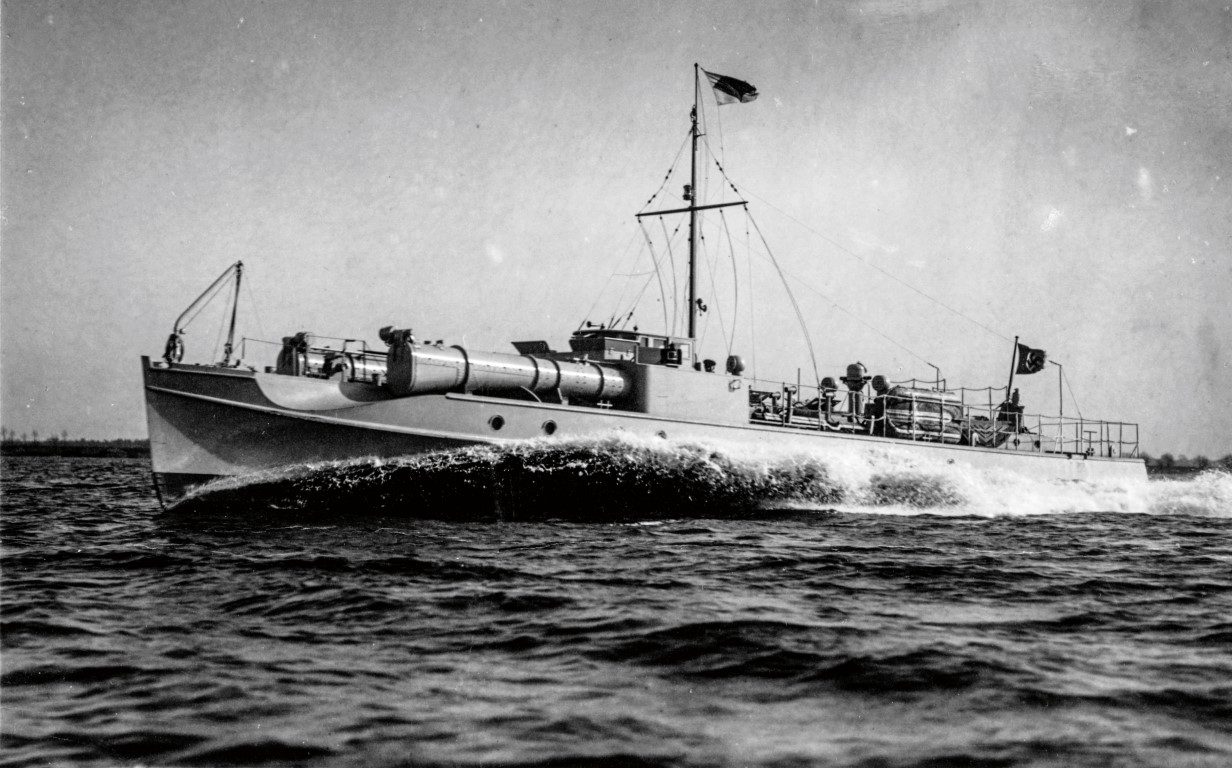
Like many examples of Germany’s war machine, the boats were considered far ahead of their time in terms of hull design and performance – certainly the use of diesel engines was a relatively novel idea, and it reduced the fire risk that hovered over petrol-fuelled vessels.
While S130’s restoration (more on this in a moment) is interesting mainly because of her rarity, she carries an intriguing post-war history – including being used by Britain’s MI6 (with a German crew!) for spying on Russia at the start of the Cold War.
But her darkest chapter relates to her role in the attack fleet that savaged a US convoy during Exercise Tiger in April 1944 – a dress rehearsal for the D-Day landing two months later. It all went horribly wrong – and the S-boats capitalised on the fumbled confusion. Exercise Tiger – it’s fair to say – wasn’t the Allies’ finest hour.
EXERCISE TIGER
Conceived as a dry-run for the Allied landing on Utah Beach during D-Day, the operation was centred on Slapton Sands, a Devon beach in southern England. Around 337 ships carrying 25,000 men were involved, and the fleet included a number of slow-moving American LSTs (landing ship tanks).
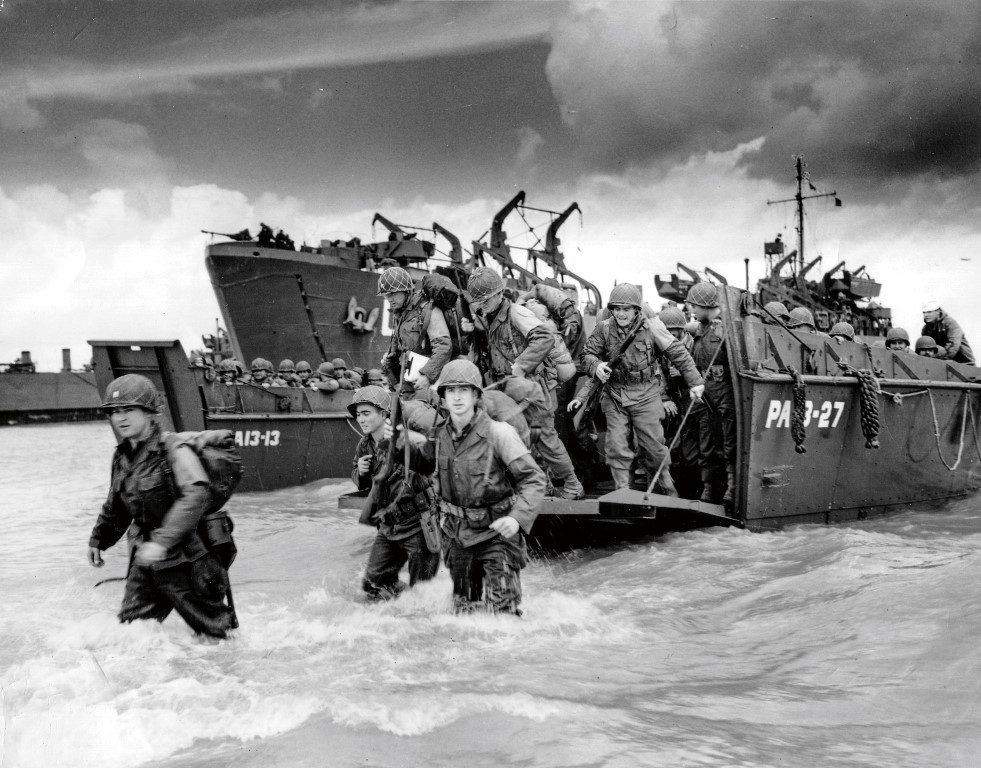
Sadly, the exercise was beset by problems from the get-go: due to a communications mix-up the promised escort of British destroyers never arrived. And the ensuing chaos wasn’t helped by British and American vessels using different radio frequencies… Alerted to the convoy by the Luftwaffe’s reconnaissance, nine S-boats (including S130) moved in shortly after midnight on April 28. The lumbering LSTs didn’t stand a chance. In the escalating confusion some of the Americans started shooting at their own LSTs, with fatal results. At least one skipper dismissed the pyrotechnics as the ‘organisers simply adding realism’ to the exercise.
Two LSTs were sunk and others badly damaged. Dead troops washed up all along the Devon coast the following day, with a British officer, Julian Perkin, making this observation:
“The sight was appalling. There were hundreds of bodies of American servicemen, in full battle gear, floating in the sea. Many had their limbs and even their heads blown off…. Those the doctor pronounced dead were pushed back into the sea [where] small American landing craft with their ramps down were literally scooping up bodies. It was a ghastly sight!”
Survivors were ordered to keep quiet about the tragedy and, initially, the dead were buried in unmarked mass graves. Allied chiefs were worried that if word about the botch-up got out, the forthcoming D-Day landings would be compromised.
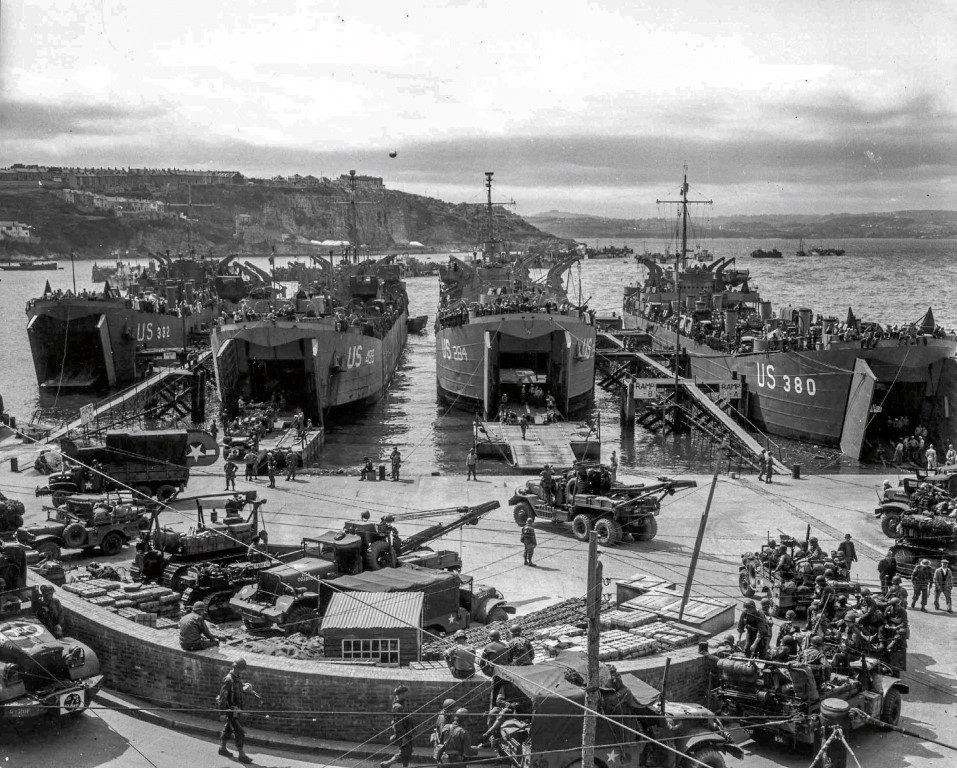
Over the course of the war S-boats claimed 101 merchant ships (214,728 tons). There were more claims relating to 12 destroyers, 11 minesweepers, eight landing ships, six MTBs, a torpedo boat, a minelayer, a submarine and a number of smaller craft. Losses from sea mines laid by the S-boats totalled 37 merchant ships (148,535 tons), a destroyer, two minesweepers and four landing ships.
S-boat crews were rewarded for their operations with a special badge – Das Schnellbootkriegsabzeichen – ominously, it shows an S-boat passing through a wreath.
POST-WAR
After the war S130 was one of 34 S-boats seized by Britain as war prizes. Three of them – S130 (renamed P5230), S208 (P5208) and S212 (P5212) were used for comparative trials with new engines.
S130’s V20 diesels were swapped for three, state-ofthe-art Napier-Deltic diesels rated at 3140-PS each.
They increased her top speed by 5 knots.
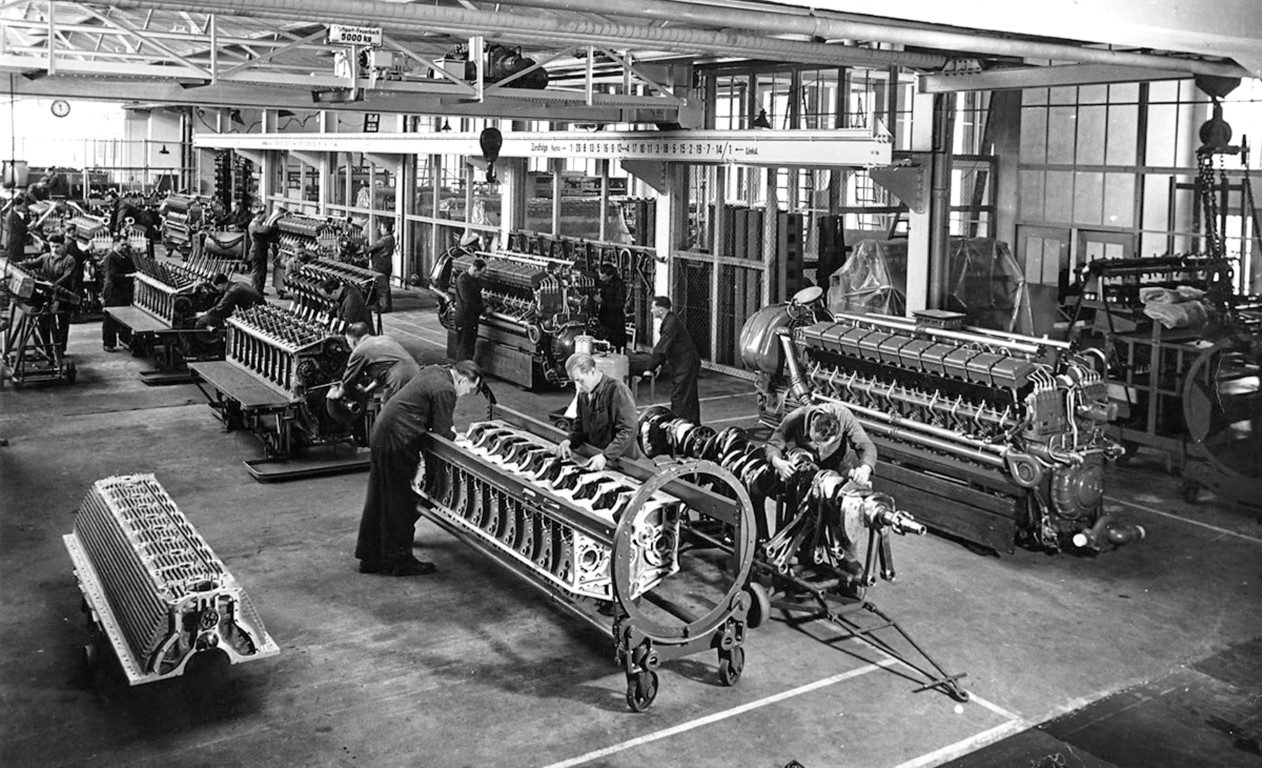
Later, she was used by Britain’s MI6 to insert spies behind the Iron Curtain to gather information about the equipment and activities of the Soviet fleet. She and others in the fleet operated under an innocent banner – they were part of the newly-formed ‘British Baltic Fishery Protection Service’.
In March 1957 S130 was given back to the German navy and used to train sailors in underwater weapons. She was decommissioned in 1991 and became a derelict houseboat in Wilhelmshaven before being brought to Britain in 2003, to be restored to her former, WWll specification.
RESTORATION
Inevitably, the rebirth was dogged by insufficient funding. She was originally bought by the British Military Powerboat Trust but was eventually sold (in 2008) to the Wheatcroft Collection for the princely sum of £1! Roving Commissions Ltd in Cornwall has been appointed to tackle the restoration – and S130 is now lying in a shed not far from where she launched her infamous attack during Exercise Tiger.
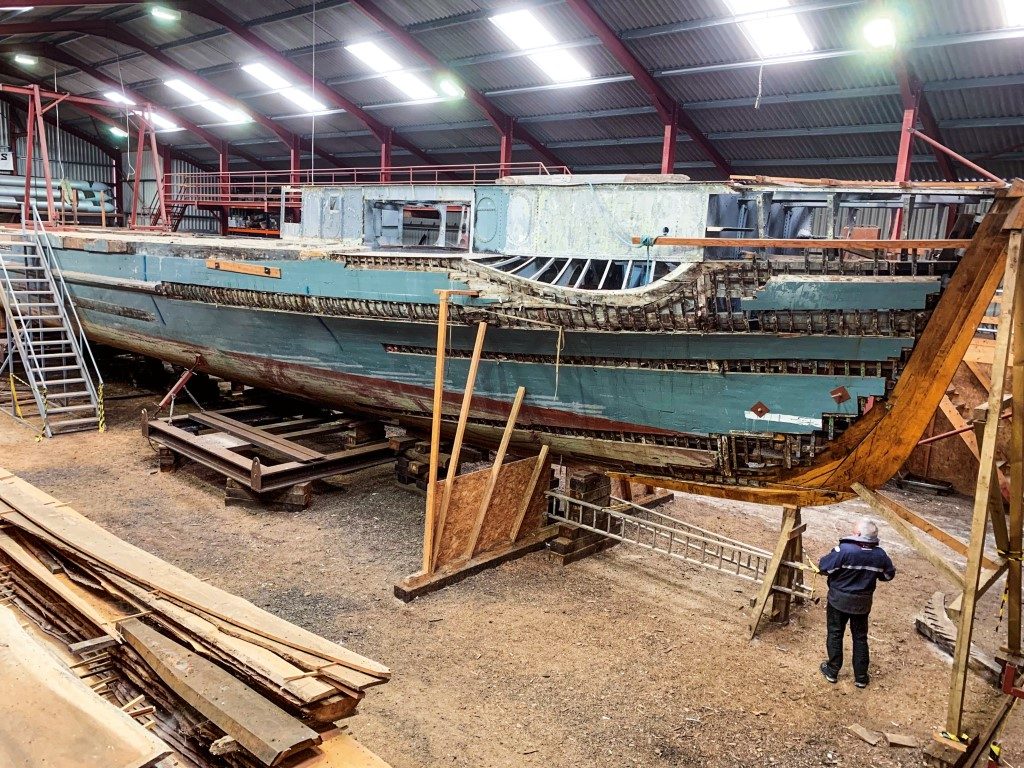
The Wheatcroft Collection belongs to Kevin Wheatcroft, an avid collector of military memorabilia. His collection of German military vehicles includes 88 tanks and is widely acknowledged as the world’s biggest. Wheatcroft’s family also owns the Donington Grand Prix Museum in Leicestershire.
S130, he says, will be restored as a “floating museum and memorial to all sailors who died during WWII.”
Many of the boat’s original fittings and weapons have long since disappeared, and to complete her inventory Wheatcroft acquired the rights to salvage parts from three other S-boat wrecks scuttled off the Danish coast after the war. These have added to the many parts he’s collected over the years – among them the mighty V20 engines, gun platforms, a radio and some bridge equipment.

For the families of the American troops who died during Exercise Tiger, the revival of the S130 as a memorial will no doubt generate mixed emotions. But at Slapton Sands there stands another, less controversial salute to the fallen – a Sherman tank.
